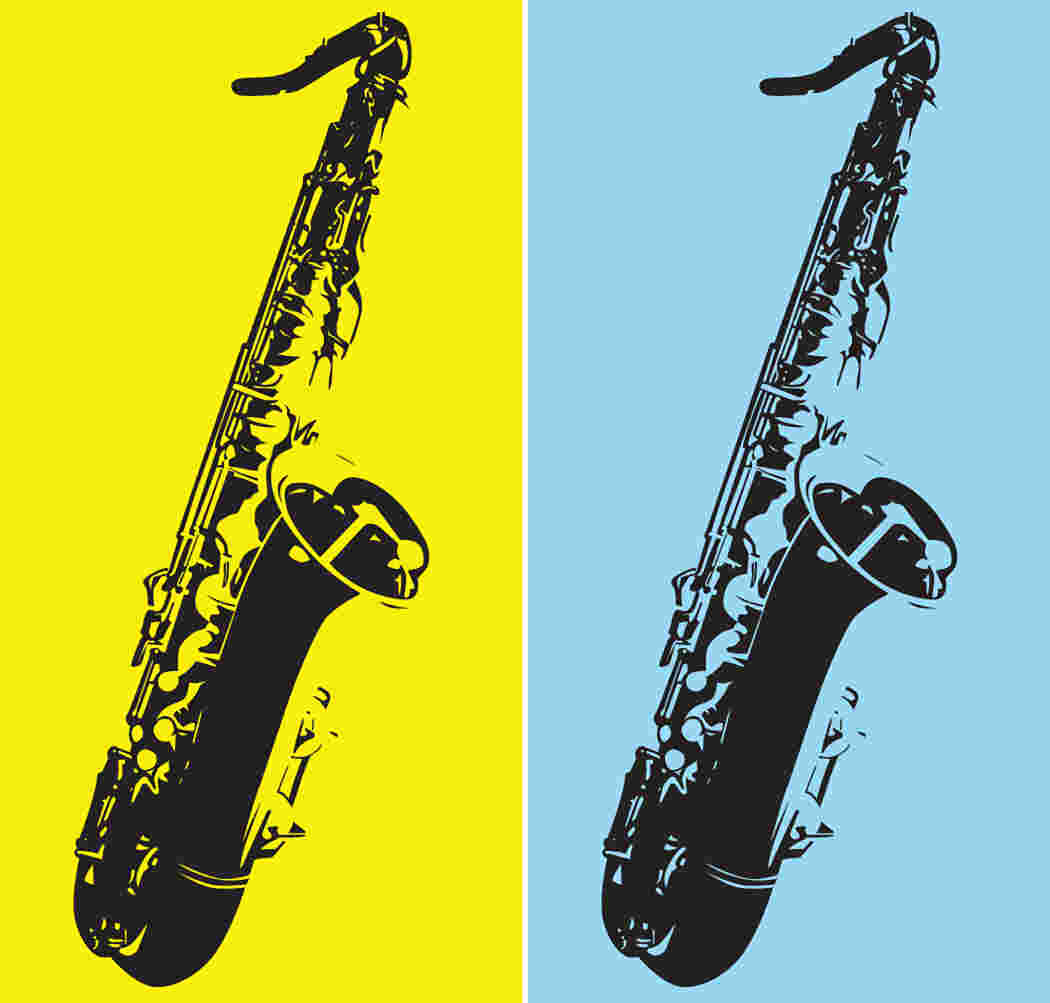blues FLAC , birthed in the heart of New Orleans in the 20th century, is often described as a hybrid of African and European music. It’s a magnificent art form renowned worldwide for its intricate melodies, intriguing rhythms, and the unparalleled virtuosity of its musicians. A blend of blues, ragtime, and tribal music, Jazz shines brightly, with its soulful interpretations and improvisational freedom, creating captivating melodies that delight the senses.
The roots of Jazz lay firmly within the African-American communities of the United States. Originally, it was a means of expression for the often marginalized communities, their longing, pain, joy, and dreams encapsulated in the soulful tunes. The power of Jazz lies in its ability to break barriers, unite people across races and cultures, and instill a sense of shared rhythm and harmony in a divided world. It also served as a social and political voice, providing commentary on the times and inspiring movements for change.

Jazz’s defining characteristic – improvisation – is what sets it apart from other music genres. Unlike most forms of music that adhere strictly to the sheet music, Jazz encourages musicians to create and experiment with tunes spontaneously, to ‘play by ear’. This spontaneous creativity means that no two Jazz performances are the same. The musicians communicate with each other, responding and contributing to the performance, making each performance a unique expression of their creativity.
With the evolution of Jazz, various sub-genres have emerged, each reflecting the time, culture, and place of its origin. Bebop, with its fast tempo and complex harmony, rose in the 1940s. Cool Jazz, characterized by its relaxed and smooth style, followed in the 1950s. Then came the likes of Fusion and Free Jazz, which further pushed the boundaries of this versatile musical form. Recent years have seen a resurgence of Jazz, with Neo-Jazz, Smooth Jazz, and Acid Jazz adding to its richness and diversity.
In conclusion, Jazz is not just a genre, it’s an experience, a conversation, and an emotion expressed through music. It provides a platform for artists to express and experiment freely, transcending the limitations often imposed by other genres. It’s a reflection of humanity’s struggles and triumphs, a testament to the transformative power of creativity, and an ode to the resilience of the human spirit. Jazz, with its unique blend of rhythm and melody, is indeed a testament to the limitless possibilities of music itself.
